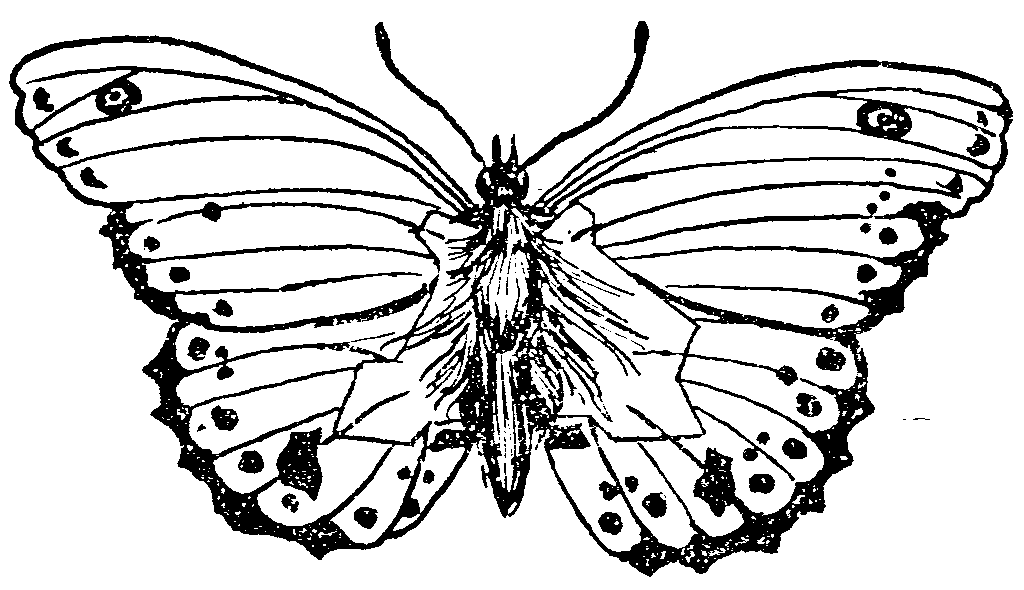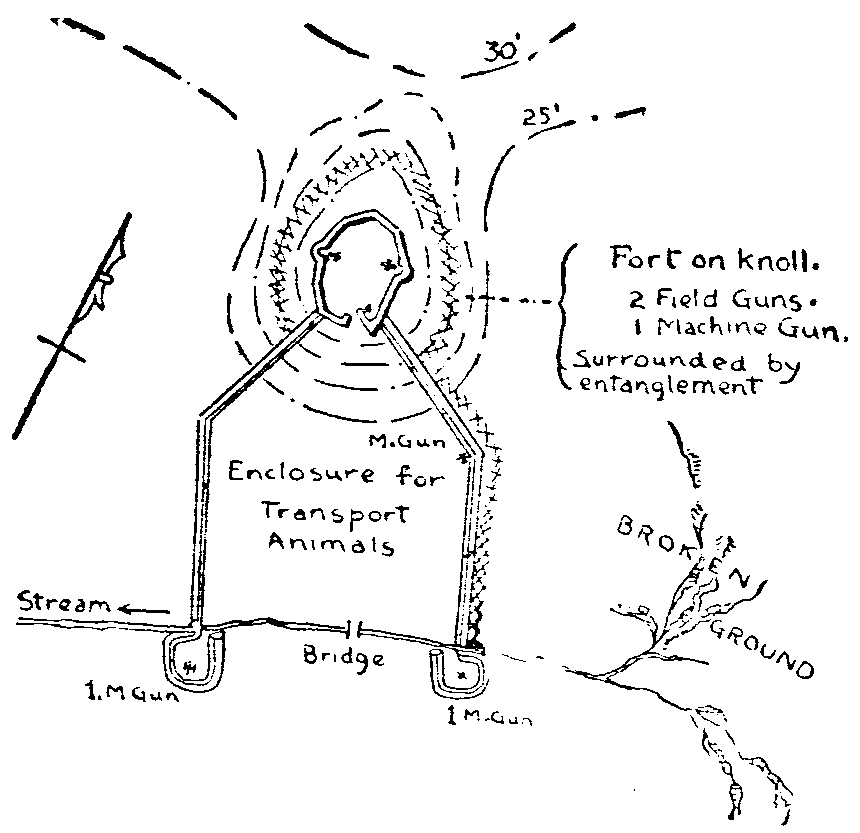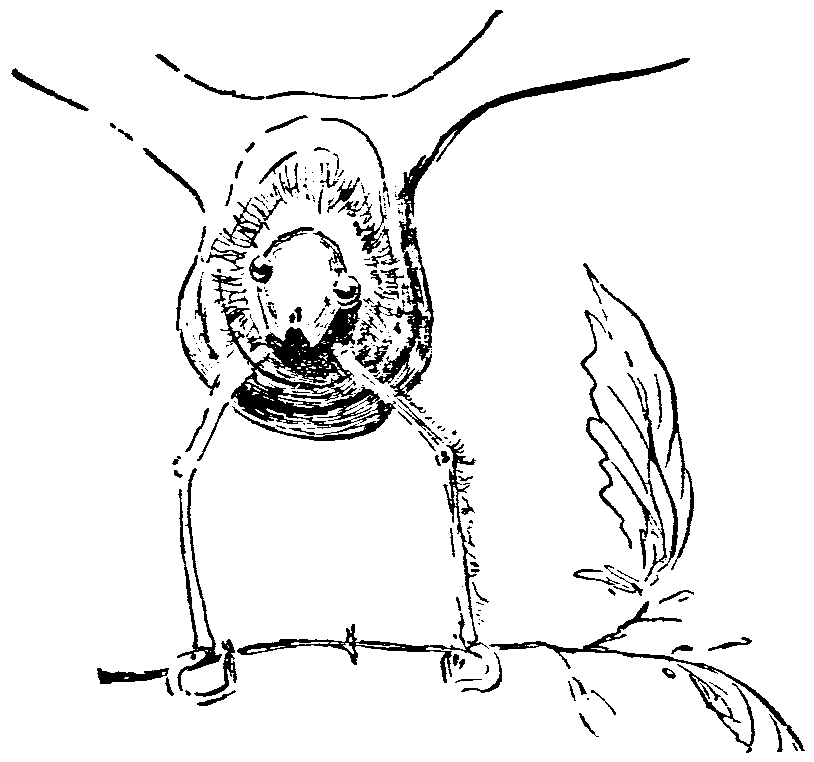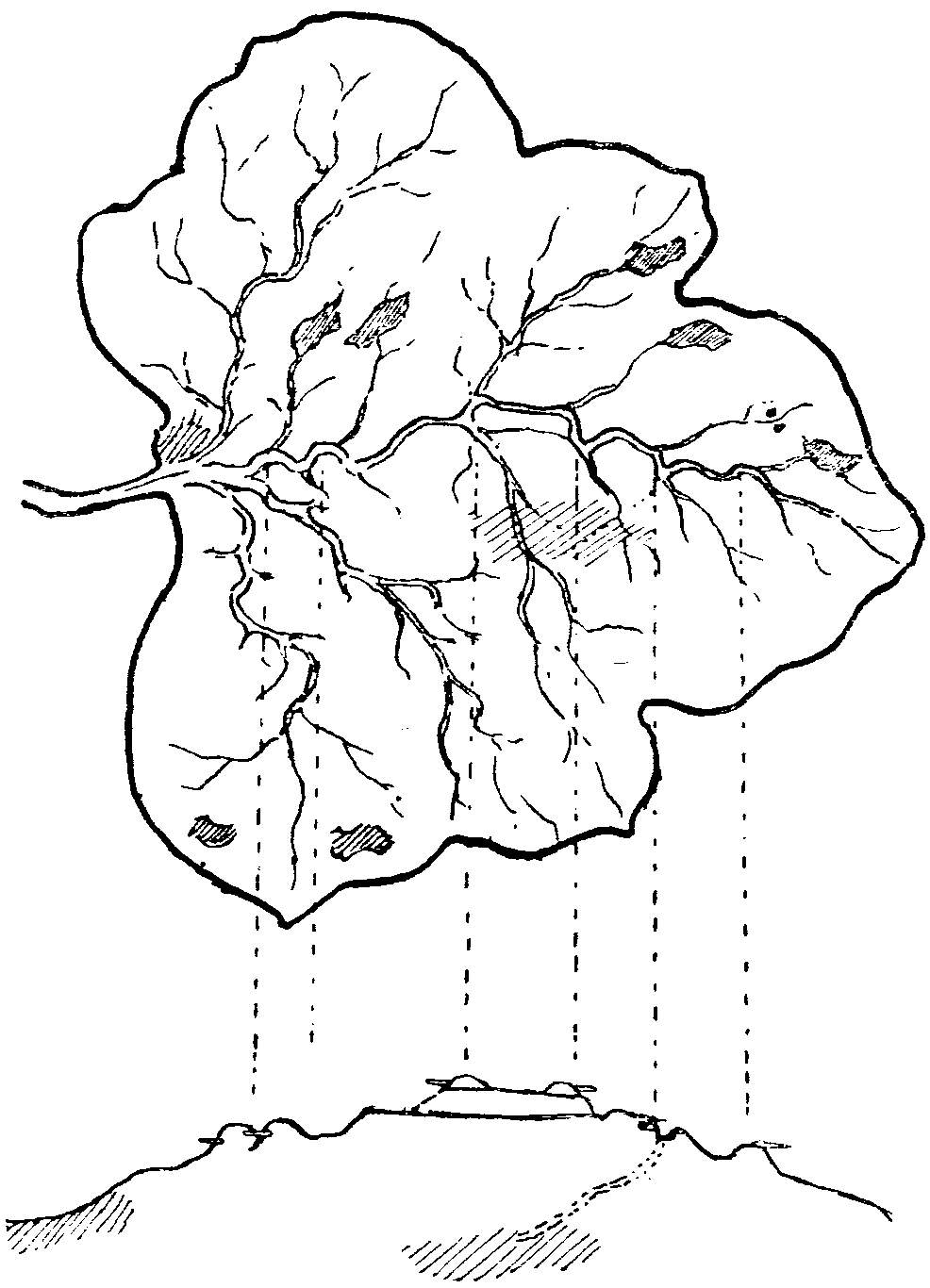The Founder of the Boy Scouts Hid Maps in Insect Drawings
Can you find the secrets in these bug illustrations?


This may look like an innocent drawing of a butterfly. But look closer. It’s actually a map. In fact, the area around the butterfly’s body contains secret military information about the whereabouts of an enemy fortress.
The drawing’s creator Robert Baden-Powell, in his 1915 book My Adventures as a Spy, wrote:
“This sketch of a butterfly contains the outline of a fortress, and marks both the position and power of the guns. The marks on the wings between the lines mean nothing, but those on the lines show the nature and size of the guns, according to the keys below.”
It was espionage by entomology.

A map hidden in an illustration of a butterfly. (Photo: Public Domain)
In the image above, each marking corresponds to a different type of gun: field, fortress or machine.
In his day, the map’s creator was a celebrity. The mustachioed British military hero was known for having led the U.K. army against the Boers in South Africa, his prolific writing, and most of all for the founding of the Boy Scouts movement.

Robert Baden-Powell. (Photo: Francis Henry Hart: Public Domain)
In the run-up to World War I, Baden-Powell became synonymous with the mythologized civility and bravery of the plucky and gentlemanly Brit. His own books contributed to this image and reinforced his own reputation.
Baden-Powell authored many books on the subject of espionage. He published the secret insect maps in one of his most famous works, My Adventures As A Spy. The book was a collection of stories from his spying missions across the Balkans in the late 19th century. The book was a guide for would-be spies and adventurers on how to avoid detection and also how to conduct themselves in a proper fashion overseas.


An illustration of a moth contains a hidden map. (Photo: Public Domain)
Look at the moth he sketched to map an enemy location. The drawings contains intricate details about the enemy base, types of weaponry, and information about the landscape. To local officials, he claimed, these drawing were totally undecipherable.

Baden-Powell hid a map in this illustration of a leaf. (Photo: Public Domain)
Baden-Powell had one last tip for would-be spies: disguise themselves as entomologists. It was a trick, he said, that had worked when he conducted secret missions. He wrote:
“Carrying this book and a colour-box and a butterfly net in my hand, I was above all suspicion to anyone who met me on the lonely mountain side, even in the neighbourhood of the forts.”
Out in enemy territory, who would notice a insect researcher, notebook, pen, and butterfly net in hand?
Map Monday highlights interesting and unusual cartographic pursuits from around the world and through time. Read more Map Monday posts.












Follow us on Twitter to get the latest on the world's hidden wonders.
Like us on Facebook to get the latest on the world's hidden wonders.
Follow us on Twitter Like us on Facebook